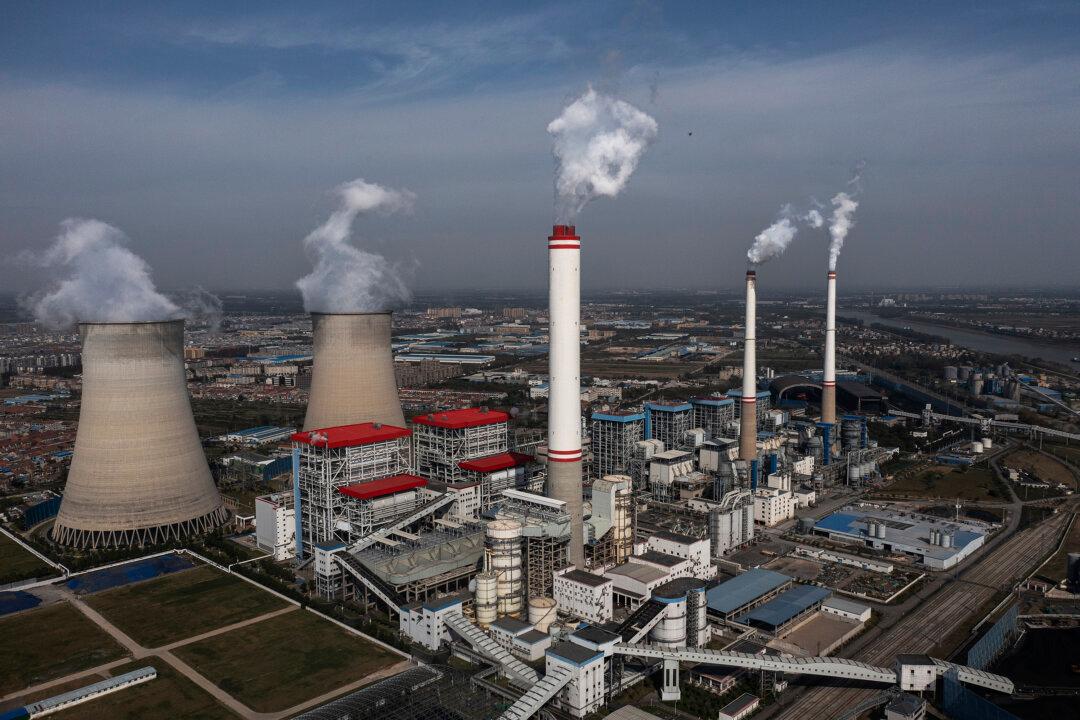The World Economic Forum (WEF) is calling for Asian nations to revamp their investment strategies in response to the impacts of climate change on people’s health.
Luis Alvarado, head of the WEF’s Giving to Amplify Earth Action (GAEA) initiative, said Asia is currently experiencing a “health crisis due to climate change,” which in turn, was leading to falling productivity and healthcare costs.





